Visual storytelling on Instagram is a powerful way to connect with an audience through engaging visuals and meaningful narratives. By utilizing images, design elements, and careful composition, creators can convey complex messages that resonate with viewers. This approach allows individuals and brands to craft compelling stories that not only attract attention but also forge emotional connections with their followers.
As Instagram continues to evolve, the importance of visually striking content grows. A well-designed narrative can captivate viewers, sparking interest and encouraging deeper engagement. By understanding the key components of visual storytelling, such as color, imagery, and typography, creators can effectively showcase their unique perspectives and messages.
In an era where content competes for attention, mastering visual storytelling is essential for standing out. With the right blend of creativity and strategy, anyone can transform their Instagram feed into a visual journey that captivates and inspires.
The Power of Visuals in Instagram Storytelling


Visuals play a crucial role in shaping narratives on Instagram. They enhance engagement, convey emotions, and create connections between the brand and its audience. Effectively using visual elements can transform ordinary content into powerful storytelling.
Understanding Visual Language
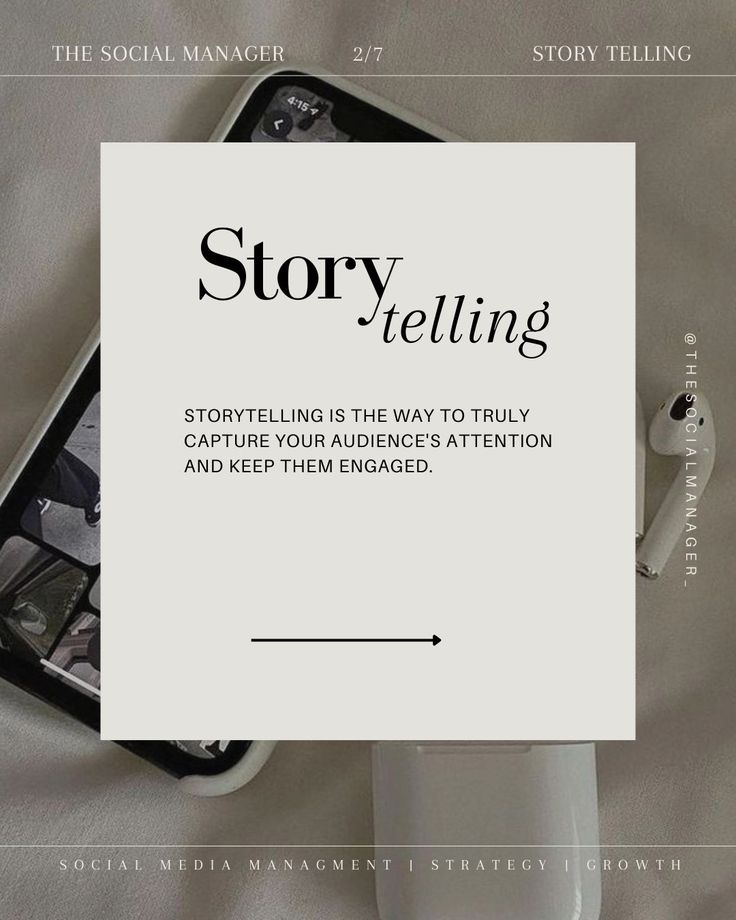

Visual language encompasses the way images communicate meaning. Elements such as color, composition, and symbols influence how a message is perceived. For example, warm colors can evoke feelings of warmth and positivity, while cooler colors may convey calm or professionalism.
Images should align with the brand’s identity to create a cohesive narrative. Consistency across visuals helps audiences recognize and relate to the brand. Incorporating diverse imagery can also enhance engagement. Using different perspectives, styles, and subjects can make content more relatable and capture attention effectively.
Balancing Aesthetics and Narrative
Aesthetic appeal is essential, but the story behind the visuals is equally important. Striking a balance between stunning designs and meaningful narratives can enhance the viewer’s experience. A well-composed image may attract attention, but the accompanying story drives emotional connection.
Brands should focus on crafting visuals that support their messaging. Instead of merely showcasing products, they can tell stories that resonate with their audience’s experiences or aspirations. Combining text with imagery can provide context, ensuring that the narrative is clear while maintaining visual allure. This combination can lead to better audience retention and engagement.
Design Principles for Engaging Stories
Creating compelling visual stories on Instagram relies heavily on specific design principles. Attention to detail in visual elements, color schemes, typography, and composition can significantly enhance engagement and connect the audience to the narrative.
Consistency in Visual Elements


Maintaining consistency in visual elements is crucial for establishing a recognizable brand identity. This includes using similar styles, filters, and image types across posts. When viewers can identify a cohesive aesthetic, they are more likely to engage.
- Brand Colors: Stick with a defined color palette that reflects the brand’s personality.
- Image Style: Choose a specific photography style, whether it’s minimalist, vibrant, or muted.
- Logo Placement: Consistent logo positioning across posts reinforces brand recognition.
This cohesive approach ensures a unified look and feel that enhances followers’ trust and familiarity.
Utilizing Color and Typography
Color and typography play significant roles in conveying emotions and setting the tone for stories. Each color elicits specific feelings, so selecting hues that align with the message is vital.
- Color Psychology: For example, blue can evoke trust, while red can create a sense of urgency.
- Typefaces: Use fonts that complement each other; combine a bold header font with a subtle body font for better readability.
By strategically using color and font styles, a designer can capture attention and convey the desired emotional response, making the story memorable.
Harnessing the Power of Composition

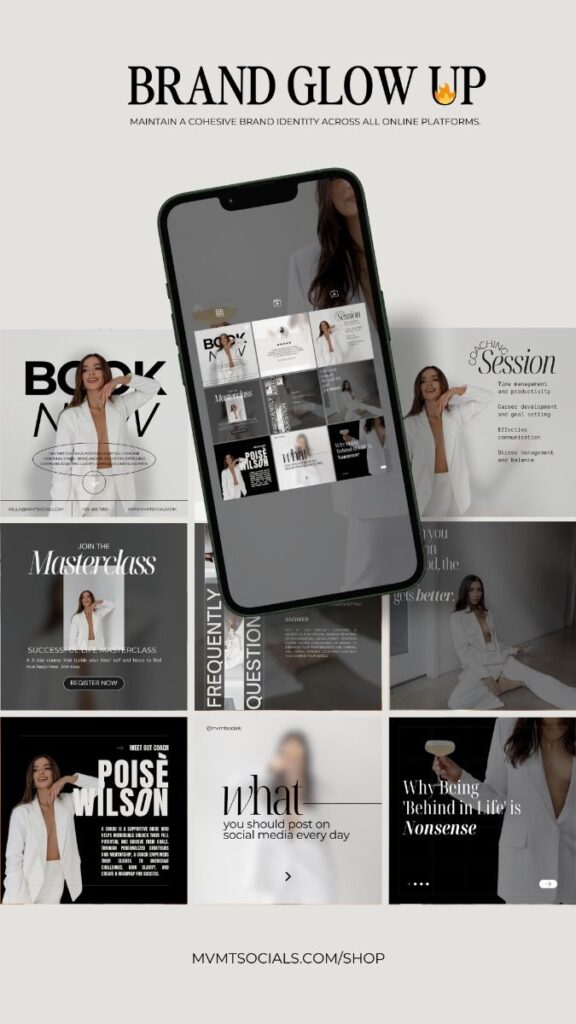
Composition is about how visual elements are arranged within a frame. Effective composition guides the viewer’s eye and enhances storytelling impact.
- Rule of Thirds: Align key elements along imaginary grid lines to create balance.
- Leading Lines: Use lines within the image to draw attention toward focal points.
- Whitespace: Incorporate whitespace to prevent clutter, allowing elements to breathe.
Thoughtful composition elevates the visual narrative, making it more engaging and aesthetically appealing. Each design choice serves to enhance the overall story, ensuring that the audience remains captivated.
Strategies for Crafting Instagram Narratives
Creating engaging Instagram narratives involves a careful blend of authenticity, effective sequencing, and audience interaction. Implementing the right strategies can elevate visual storytelling to connect with followers meaningfully.
Embracing Authenticity in Content


Authenticity is crucial in visual storytelling. When content reflects genuine experiences and emotions, it resonates more deeply with the audience. Brands should share behind-the-scenes glimpses and personal stories to foster a sense of connection.
Using relatable voices and real-life scenarios can enhance trust and engagement. Authentic visuals, such as unfiltered photos or candid moments, often perform better than overly polished images. Engaging storytelling that includes personal anecdotes helps build a loyal community, allowing followers to feel included in the brand’s journey.
The Art of Sequencing Images and Videos
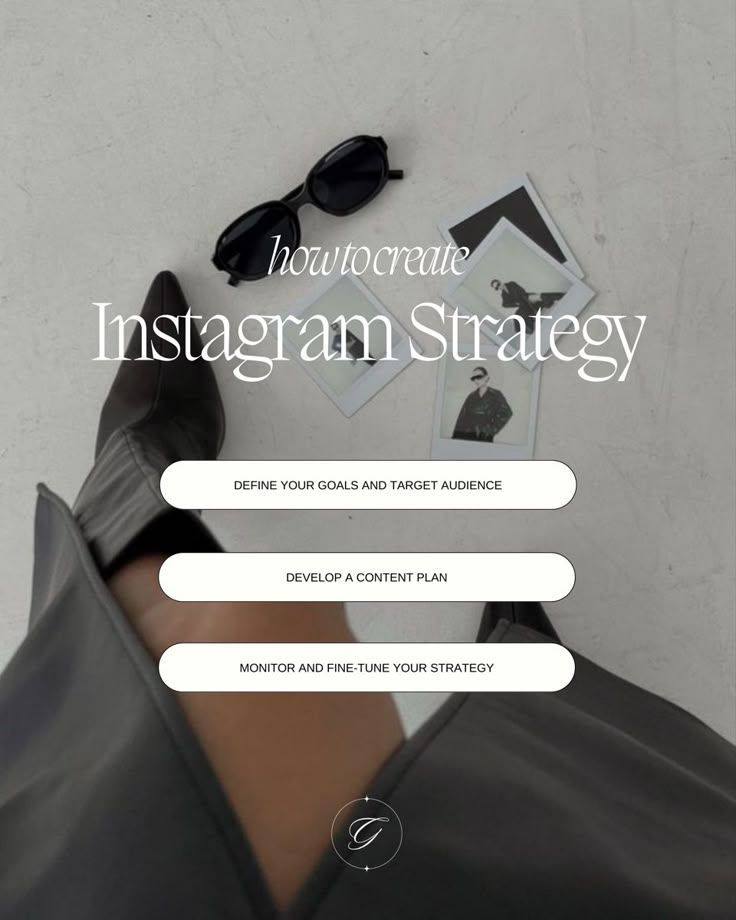

Sequencing is essential in crafting a coherent visual narrative. The arrangement of images and videos can create a powerful flow that guides the viewer’s experience. Starting with an engaging hook can pique interest, followed by content that builds on this initial intrigue.
Using features like Instagram’s carousel or stories allows for a sequential unfolding of the narrative. Each image or clip should transition smoothly to the next, creating a cohesive storyline. Incorporating varying perspectives and emotional beats enhances engagement, ensuring followers stay captivated throughout the sequence.
Interactivity and Audience Participation
Incorporating interactivity transforms passive viewing into active engagement. Polls, quizzes, or question stickers in stories invite followers to participate and share their opinions. This not only makes the content more engaging but also provides valuable insights into audience preferences.
Encouraging user-generated content can further enhance participation. Brands can ask followers to share their own experiences related to a specific theme or campaign. Highlighting this content on the brand’s profile fosters a sense of community and inclusivity, ultimately strengthening the connection between the brand and its audience.
Measuring Success and Engagement
To evaluate the effectiveness of visual storytelling on Instagram, it is essential to analyze viewer interactions and learn from gathered insights. These metrics provide a concrete view of how well content resonates with the audience, shaping future strategies.
Analyzing Viewer Interactions
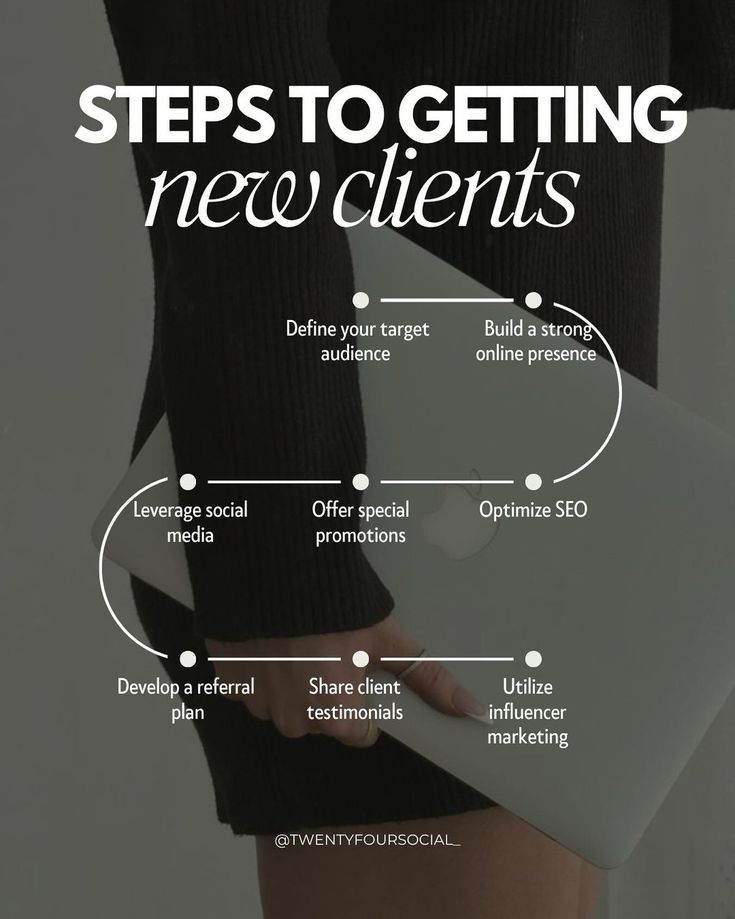

User engagement can be measured through various actions such as likes, shares, comments, and saves. These metrics indicate not just quantity, but also quality of interactions.
- Likes reflect immediate approval.
- Comments show deeper connections, revealing audience sentiments.
- Shares indicate that viewers find the content worth spreading.
Additionally, tracking saves helps determine how many users want to revisit the material, signaling its value.
Instagram Stories often have unique metrics as well. Features like completion rates and individual viewer interactions provide insight into how effectively audiences consume content.
Learning from Insights and Metrics
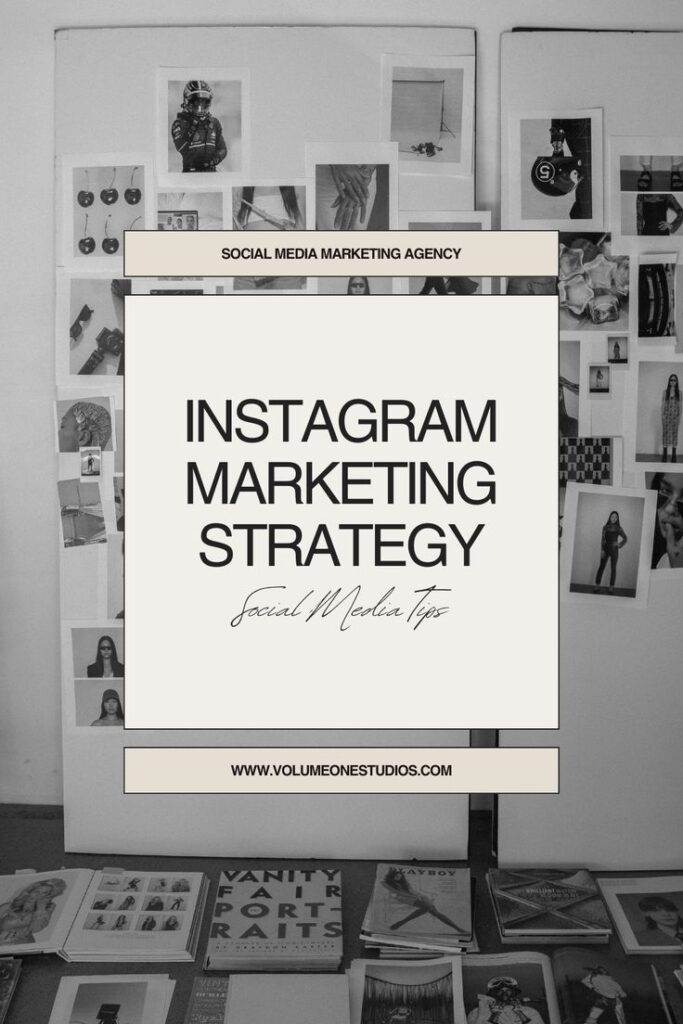

Using Instagram’s built-in analytics tools, one can access crucial performance data. Key metrics include:
- Reach: This shows the number of unique users who viewed the content.
- Engagement Rate: This is calculated by the total interactions divided by the reach.
Regularly reviewing these metrics helps in understanding audience preferences. For instance, if posts featuring specific themes generate higher interactions, creators can focus on similar content.
A/B testing different visual styles or narratives can also yield valuable insights. Understanding what drives engagement allows for tailored content, enhancing connection and conversion.
- 2.9Kshares
- Facebook0
- Pinterest2.9K
- Twitter0


